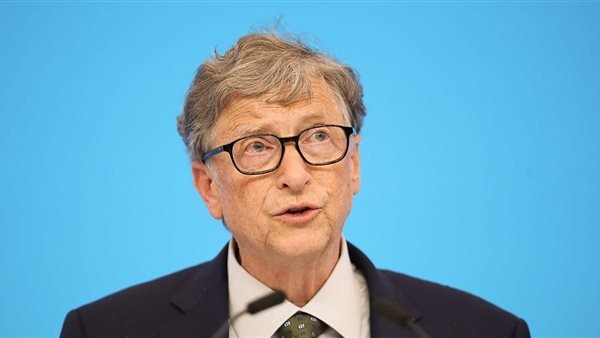Thursday 21/November/2024 – 11:00 am
A 30-year-old American, Derek Pfaff, underwent a face transplant after a failed suicide attempt in 2014, as a result of which he lost his nose, lips, teeth, and parts of his forehead, which affected his ability to breathe, chew, swallow, smile, or blink.
An American undergoes an innovative face transplant
According to CNN, Derek does not remember the night that changed his life forever. He does not remember getting the gun, going out, shooting himself, or the weeks that followed. In the years that followed, he underwent 58 surgeries. To reconstruct the face, those operations were helpful, but he was still missing his nose, upper and lower jaws, teeth, eyelids, and part of his forehead bone, and he was unable to chew or speak easily.
Pfaff, 30 years old, became one of dozens of people in the world who successfully underwent a face transplant that changed their lives, including Aaron James, who underwent the first full eye and part of the face transplant in the world, and Katie Stubblefield, who was the youngest person to receive the operation. Face transplantation in the United States.

Details of the surgical procedure
“I have performed face transplants on many patients in the United States and more than 50 face transplants around the world,” said Dr. Samir Mardini, chairman of the Department of Plastic Surgery at Mayo Clinic, who serves as a facial reconstructive and reconstructive surgeon and surgical director of the Mayo Clinic Reconstructive Transplantation Program. Each patient is different from the other, no injury is the same.
Pfaff’s more than 50-hour transplant surgery was performed at the Mayo Clinic in Rochester, Minnesota, and involved a team of at least 80 health care professionals. Doctors surgically removed the donor’s face and then surgically transplanted the donor’s tissue to restore his facial structure and function, he said. Mardini estimated that about 85% of his face was reconstructed and replaced with donor tissue.
The operation involved replacing and rebuilding the majority of facial structures, including part of the forehead, nose, cheekbones, upper and lower jaws with teeth, upper and lower eyelids, mouth and all facial muscles that produce facial expressions, along with the skin covering the entire face and neck.
The medical team also used a new microsurgical technique to implant the donor’s tear drainage system, allowing Pfaff’s tears to drain naturally into his new nose.




